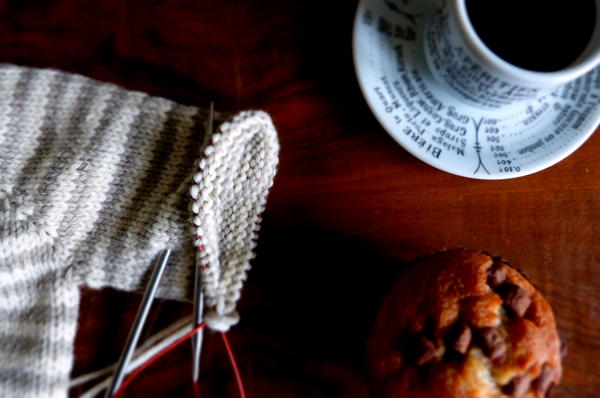When Caroline posted this photo to her Instagram account, I don't think she expected the discussion to revolve around the language usage in the caption.
Lately we have had some great discussions about knitting language at the great round-table of Twitter. What is the right past tense of the verb "to knit"; is it more correct to say "I knitted a hat last night" or "I knit a hat last night"; why"knit/knitted" but not "knat"? Susan posted a lovely poem from 1915 as part of that discussion.
Caroline's photo didn't spawn as big a discussion, but several people noted the odd phrasing. "Larger sized knitteds are so often.."
Knitteds?
I was sure I could explain this odd word, but first let's cast an eye at the word itself. A Google search throws up about 10,600 results, most of which refer to an outdated way of referring to knitted items (particularly baby items). Geographically I mostly get referrals to Antipodean knitting sites. My favourite dictionary tool gave me many results, but all of them gave "knitted" as an adjective or as a verb - not as a noun.
So, what is my explanation for this curious language usage? I am not saying it is necessarily the right explanation but it is a likely explanation. Please add your thoughts in the comments!
First, we need to look at figures of speech. Everyone has heard of metaphors:
Martha is a gem.Martha isn't actually a precious stone, but the word "gem" is used so we can all see that Martha is precious and valued.
Knitting with this yarn is like knitting with butter. The yarn isn't actually a greasy dairy product, but its qualities are likened to the softness or pliability of butter. This is a specific type of metaphor that is called a simile (note: although I have seen the butter simile used often in knitting contexts, I must admit it still baffles me).
Then we move to a figure of speech that fewer people have heard of - metonymy. While metaphor draws comparisons between two very different things (Martha & a gemstone; yarn & butter), metonymy refers to something already associated or related.
Jane downloaded Arcade Fire last night. Jane did not download an entire Canadian band last night, you know. Here the band name does not refer to the actual, physical incarnation of the band but their music.
And via metaphor, simile and metonymy, we get to the figure of speech known as synecdoche. Synecdoche is when a part of something is used to refer to the whole. Confused? I promise you use synecdoches all the time without realising it.
I'll get my needles. Any knitter will know that actually means "hang on, I'll get my knitting project which comprises yarn, knitting needles, and possibly a pattern".
Harriet put on her woollies. This is a quaint British English phrase which essentially means that Harriet is putting on a woollen jumper. The jumper's material becomes short-hand for the jumper itself
Lend me your ears and I'll sing you a song .. even the Beatles understood the value of a good synecdoche. They just want you to listen, not do a Van Gogh (and "to do a Van Gogh" is a metonymical figure of speech!).
But where does all that leave us? When Caroline posted her photo, I began wondering if "knitteds" is not a synecdochical noun phrase (!). Much like Harriet's jumper, the material quality of the item becomes short-hand for the item itself. A hand-knitted cardigan or hat become "knitteds" - the adjective "hand-knitted" is shorted to "knitted" and is turned into a noun which can become pluralised whenever needed.
And suddenly something that looked like very strange grammar in an old knitting magazine can suddenly look like charming shorthand for discerning knitters.
I love language.


 Wool Week is here.
Friends are in Shetland or down in London having all sorts of woolly fun.
Wool Week is here.
Friends are in Shetland or down in London having all sorts of woolly fun.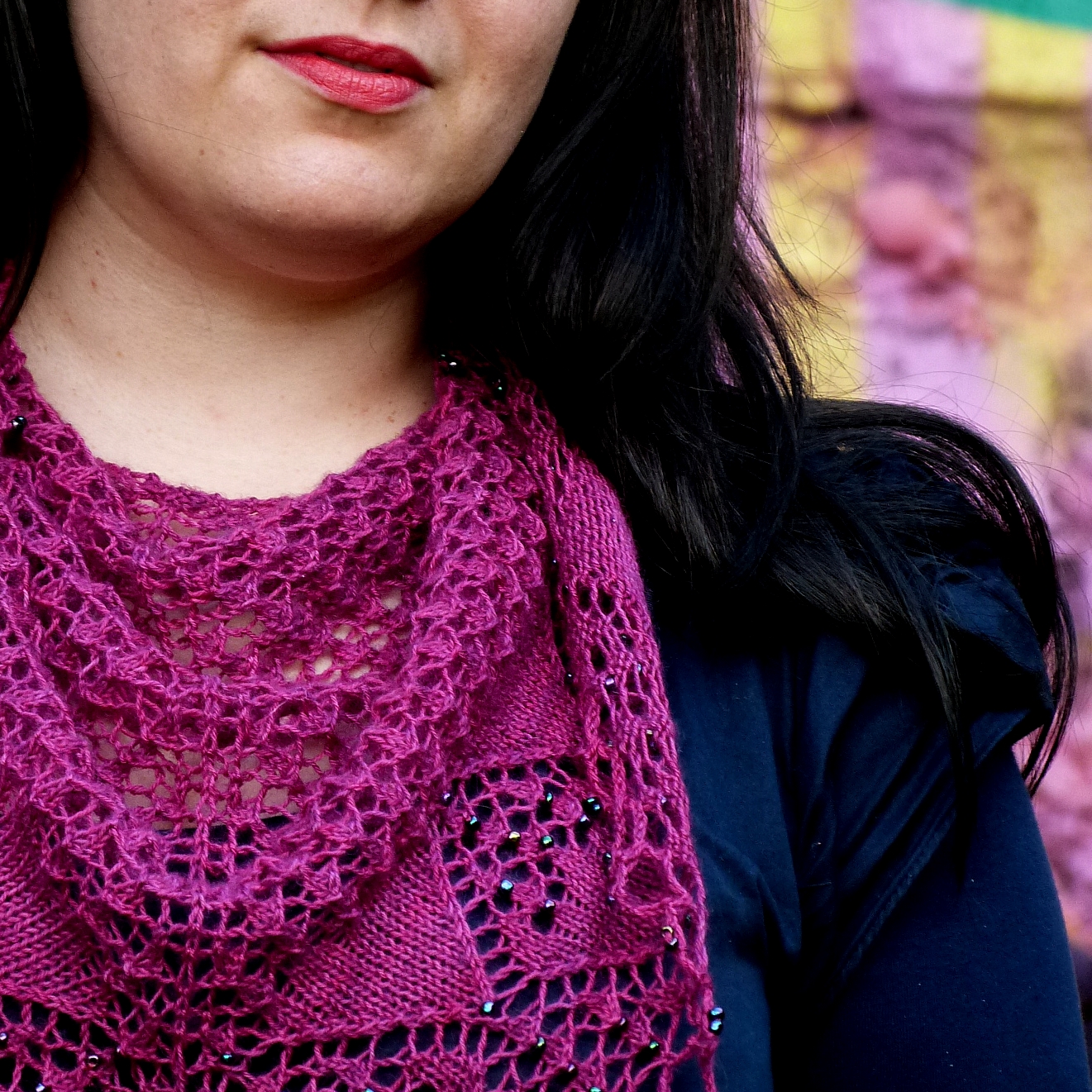
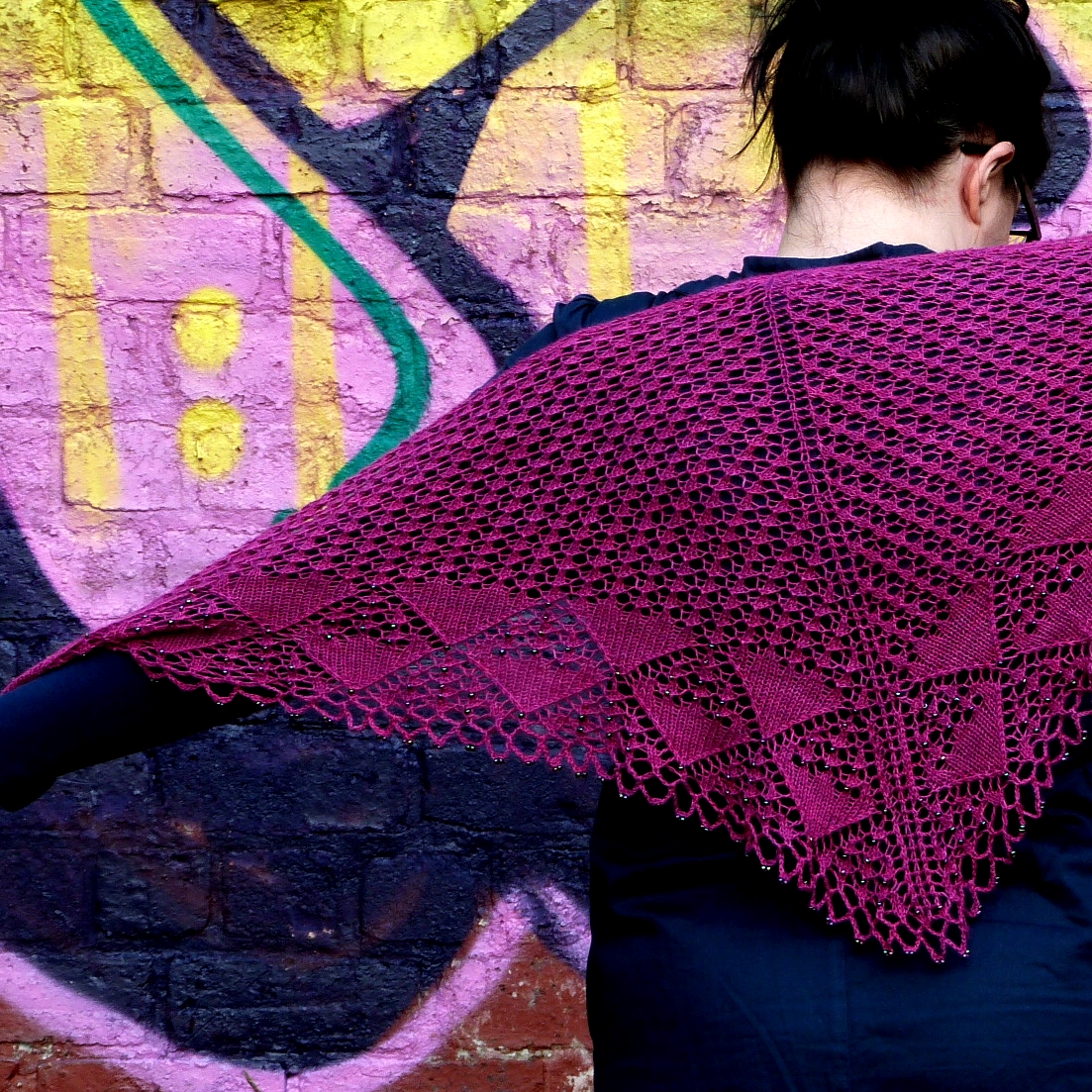 There are a lot of triangles in this pattern - that was a big design decision for me. There are five different types of triangles.
There are a lot of triangles in this pattern - that was a big design decision for me. There are five different types of triangles. I have had a hectic start to September, so I am pleased that I am spending most of today knitting a sample. I am trialling some new-to-me knitting needles - you can see the
I have had a hectic start to September, so I am pleased that I am spending most of today knitting a sample. I am trialling some new-to-me knitting needles - you can see the 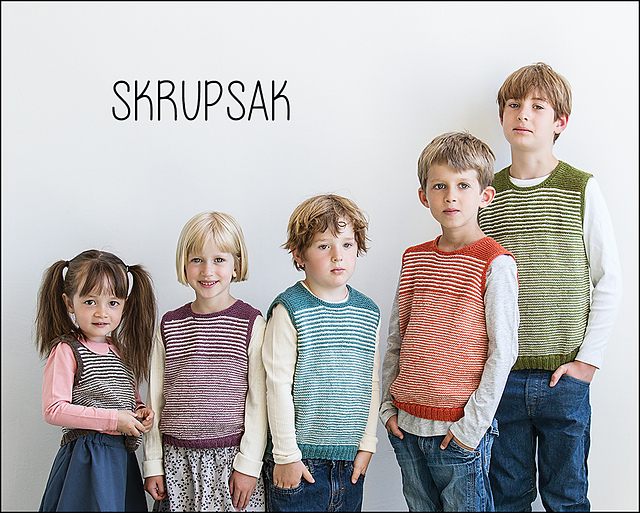
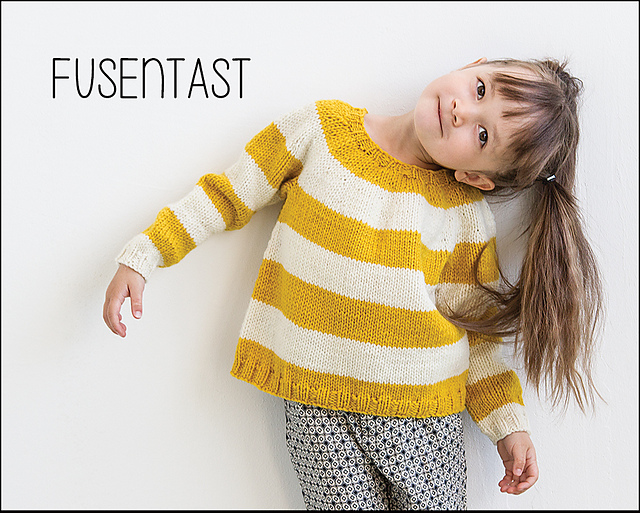
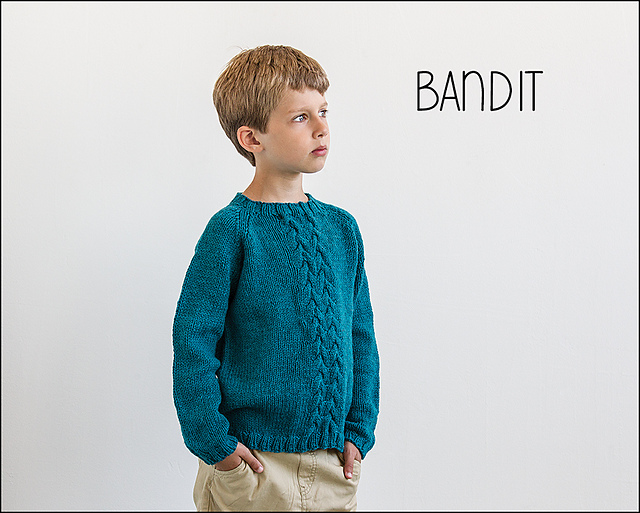
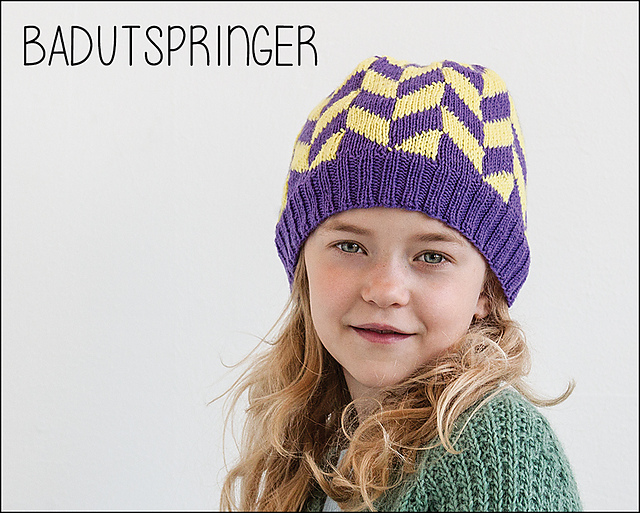
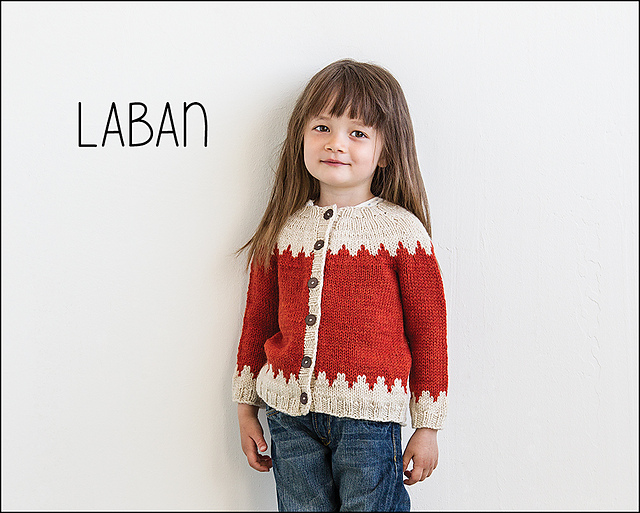
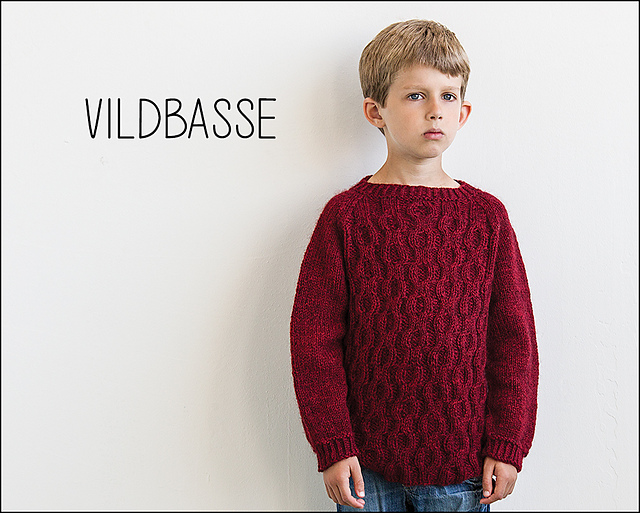
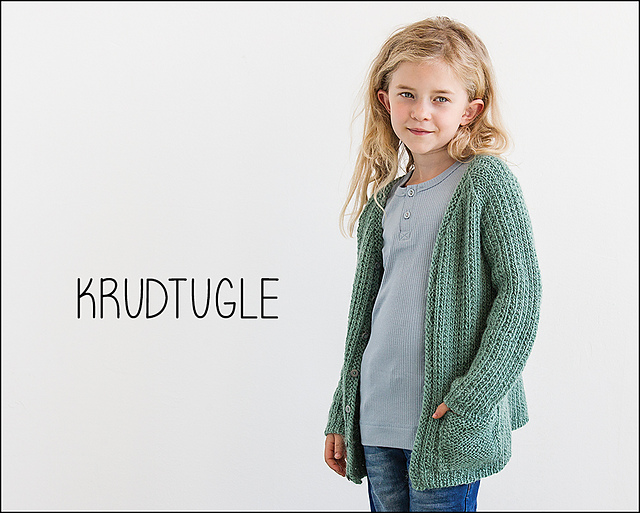
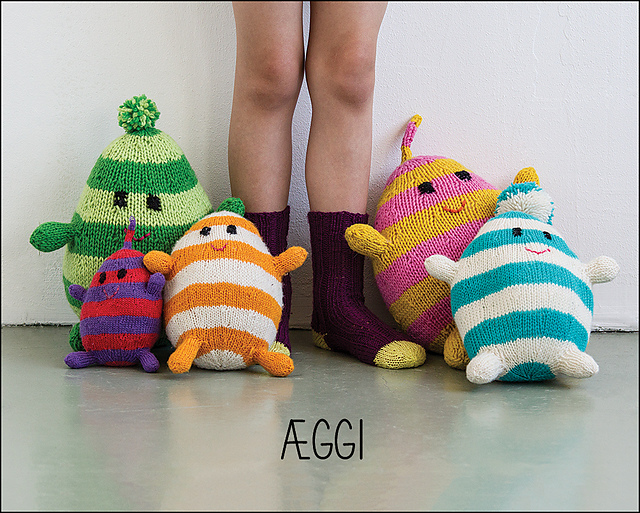
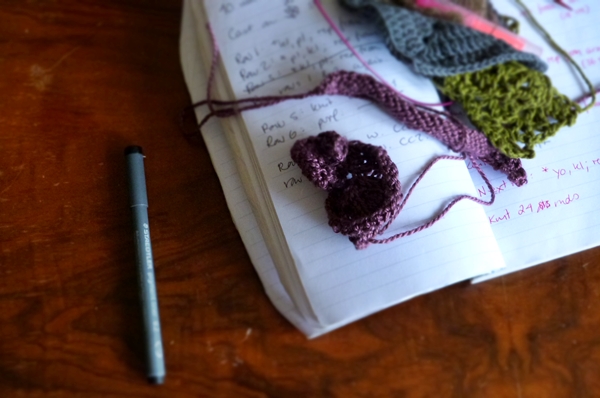 The past fortnight has seen my usual companion at Casa Bookish - perfectionism - almost grind my work to a halt.
I think a designer needs to have a dash of perfectionism in her. You need to pay close attention to detail - such as stitch counts, style sheets, how colours work at the photo shoot. Designing can also be a long, hard slog of making numbers work, getting the placement of a detail just right and finding the best way to phrase a tricky instruction. But if perfectionism stops you from every accomplishing anything - if your search for perfection means you never release a pattern - then you need to let go.
The past fortnight has seen my usual companion at Casa Bookish - perfectionism - almost grind my work to a halt.
I think a designer needs to have a dash of perfectionism in her. You need to pay close attention to detail - such as stitch counts, style sheets, how colours work at the photo shoot. Designing can also be a long, hard slog of making numbers work, getting the placement of a detail just right and finding the best way to phrase a tricky instruction. But if perfectionism stops you from every accomplishing anything - if your search for perfection means you never release a pattern - then you need to let go.